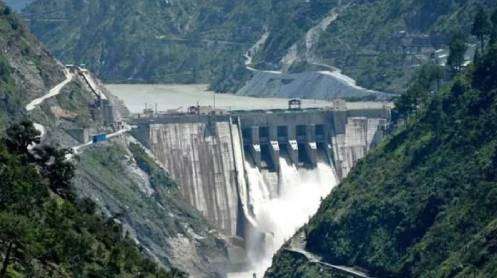ISLAMABAD: The Power Division informed the National Assembly on Friday that Pakistan continues to face a surplus in power generation capacity, while actual utilisation of the national grid remains significantly low.
Responding to a question raised by Shagufta Jummani, the Ministry of Energy (Power Division) stated that capacity payments to power producers remain fixed regardless of grid usage, meaning that lower electricity consumption increases per-unit costs for existing consumers.
To address this challenge, the ministry revealed plans to introduce a surplus power package for industrial and agricultural sectors, aligned with the Bijli Sahulat Package, providing a three-year framework. The proposed initiative will be subsidy-neutral, offering incentivised tariffs between 8–9 cents per unit on incremental consumption to encourage higher usage.
The Power Division noted that since June 2024, the average national electricity tariff has declined from Rs 48.70 per unit (including taxes) to Rs 39.64 per unit in August 2025, reflecting a reduction of Rs 9.06 per unit. This drop stems from successful negotiations with power producers and improvements in key economic indicators, which have lowered costs passed on to consumers in FY2025-26.
The ministry further stated that adjustments resulting from ongoing economic and tariff reforms will be incorporated in the next tariff rebasing from January 1, 2026.
As part of broader subsidy reforms, initiated in October 2021, the government has been redirecting financial support toward protected low-income consumers. The industrial cross-subsidy has been reduced significantly—from Rs 225 billion in FY2024 to Rs 74 billion in FY2025.
Performance of power distribution companies (Discos) has also improved, with cumulative losses dropping from Rs 591 billion in FY2024 to Rs 397 billion in FY2025, marking a reduction of Rs 194 billion.
According to the Power Division, the ongoing reforms—particularly tariff reduction, the transition of captive power units to the national grid, and the introduction of surplus incentive packages—are expected to pave the way for a more affordable, efficient, and sustainable power sector in Pakistan.







